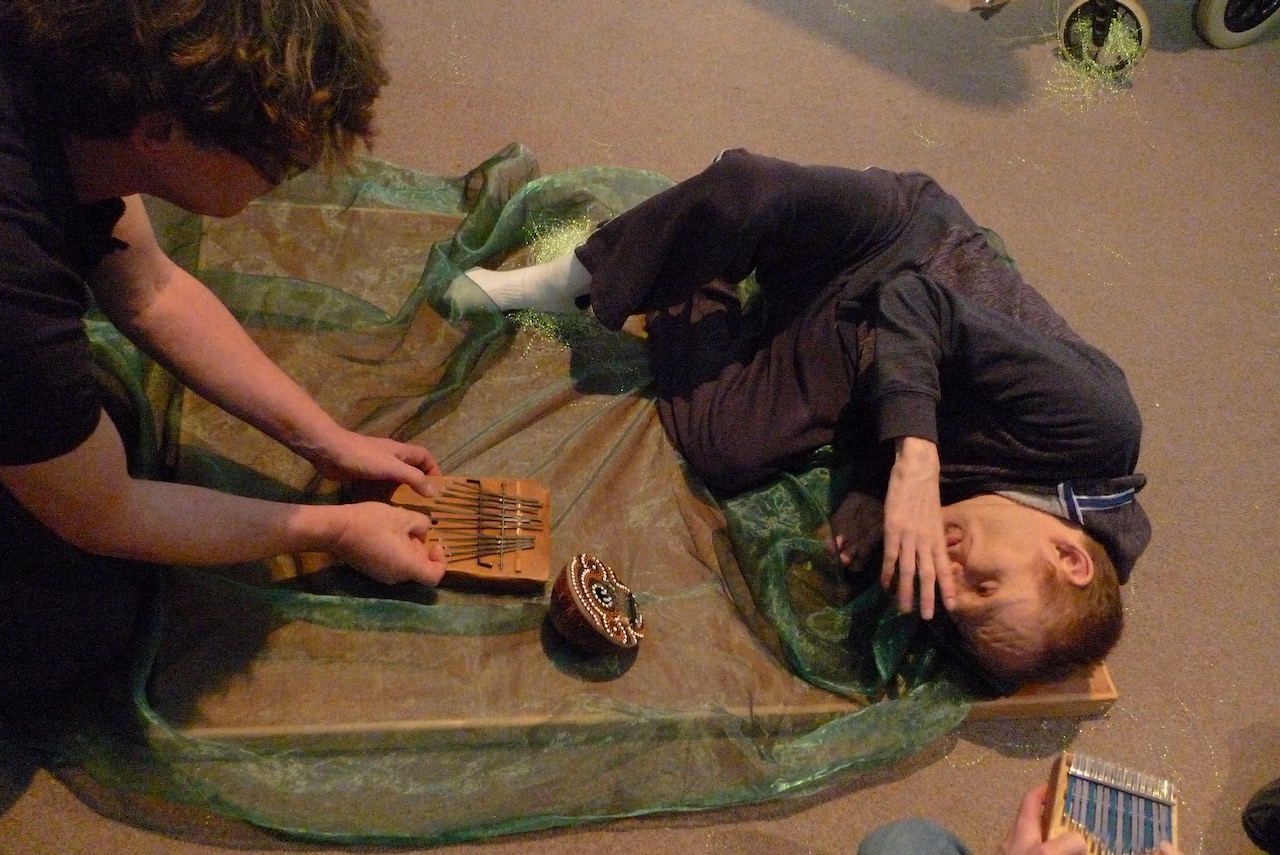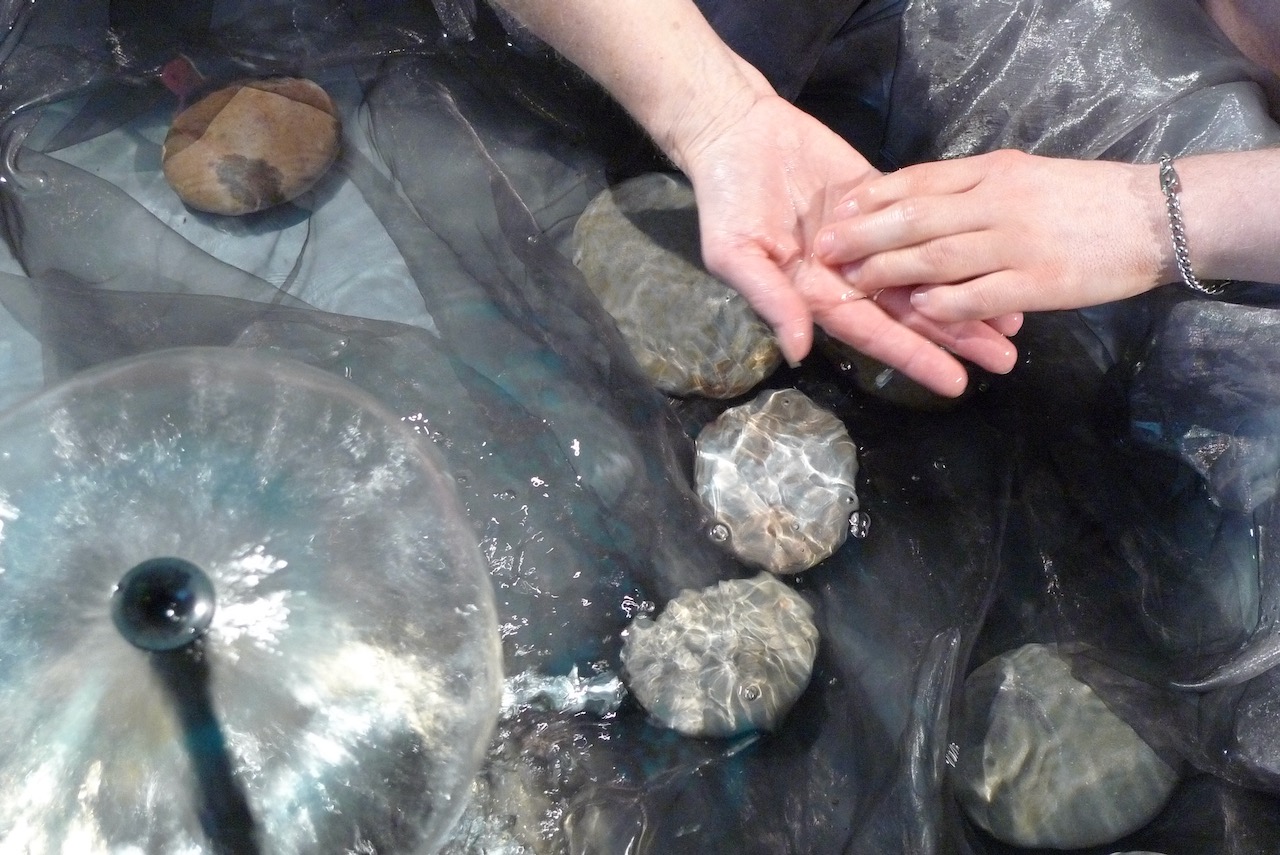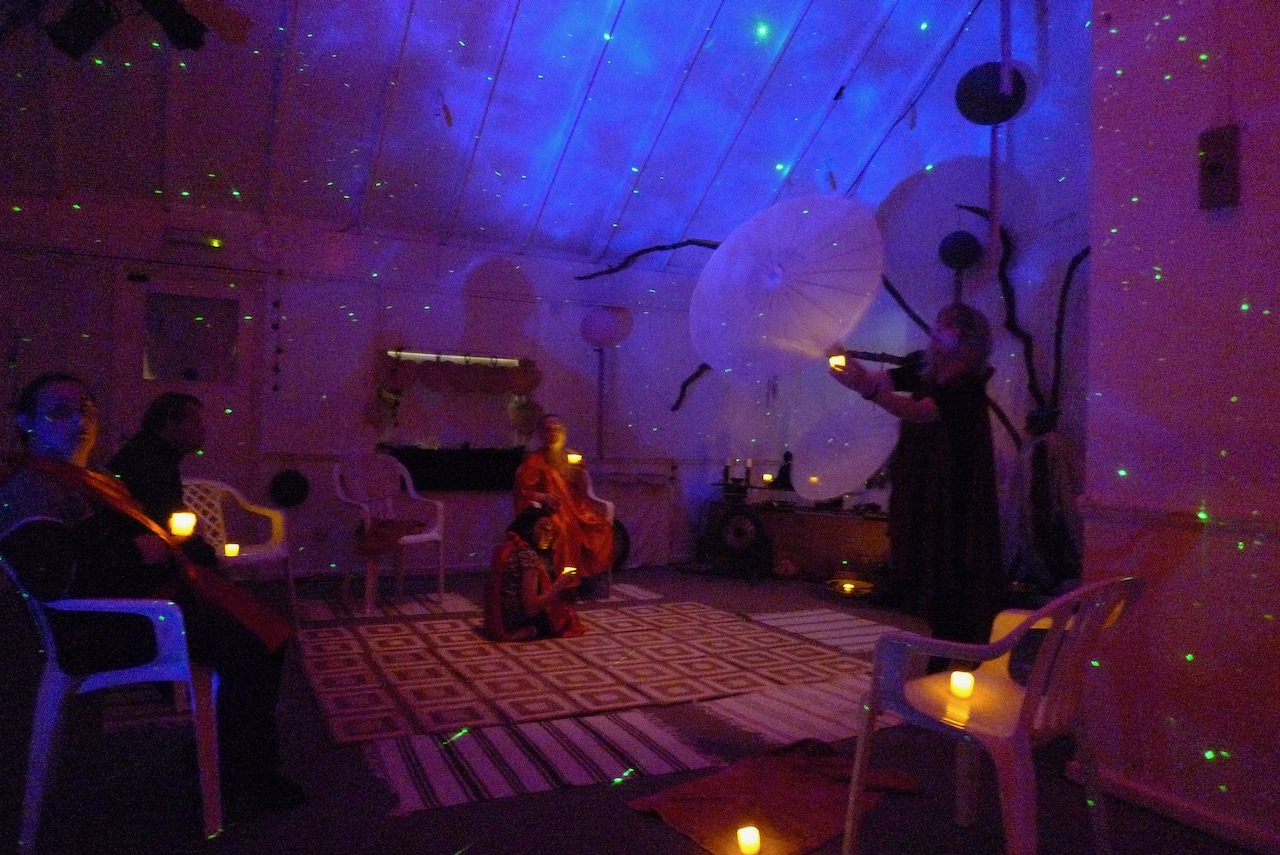Structuring a Session
The way sessions are structured will depend on the type of space you have and the nature of the group/individuals with whom you are working. They could take place in the corner of a bedroom with a single person (like a grandchild during lockdown!) in a school classroom, the corner of a school hall, or a specific space/studio dedicated to this kind of work. There are, however, general guidelines that are helpful whatever the circumstances.
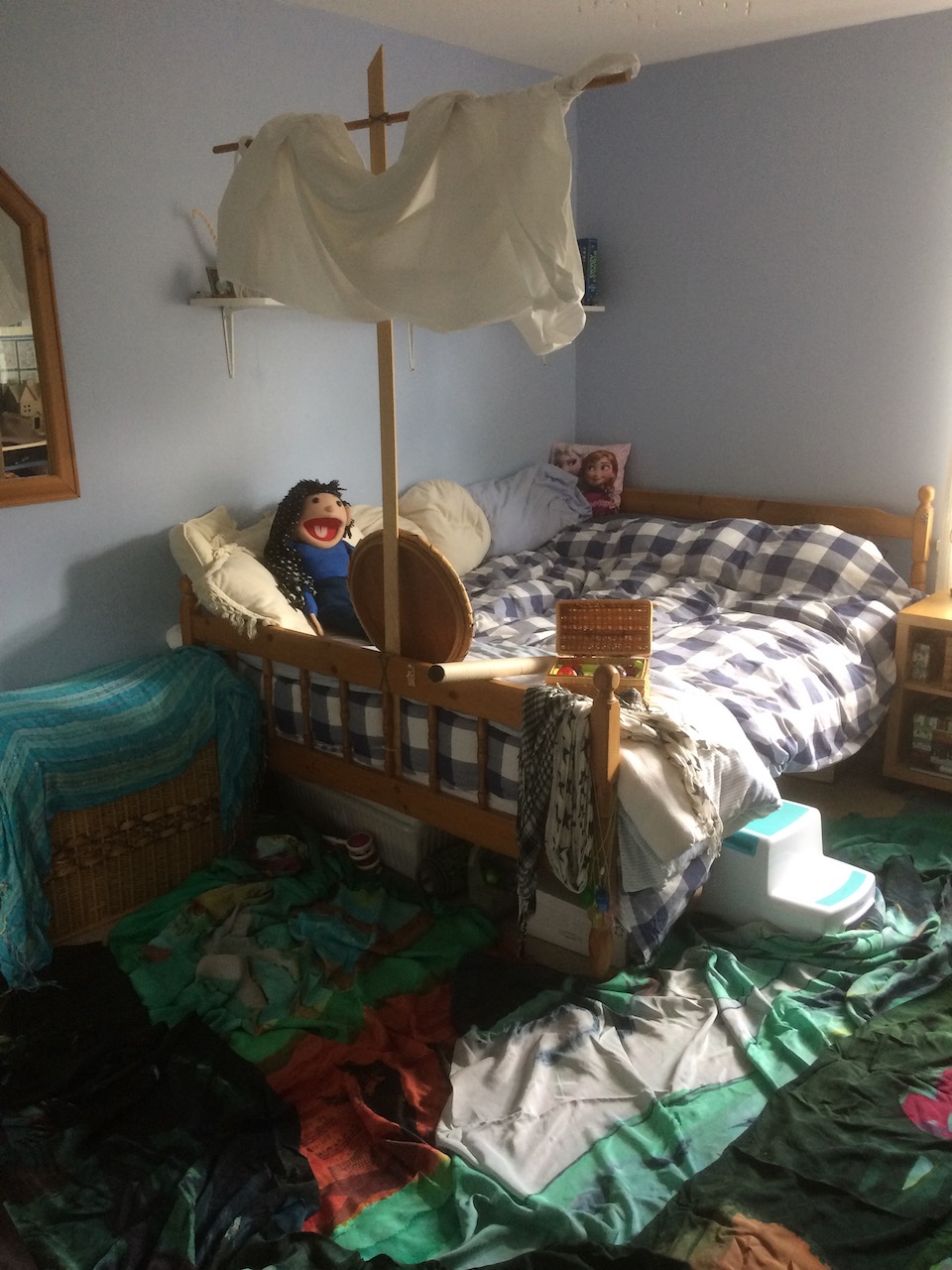
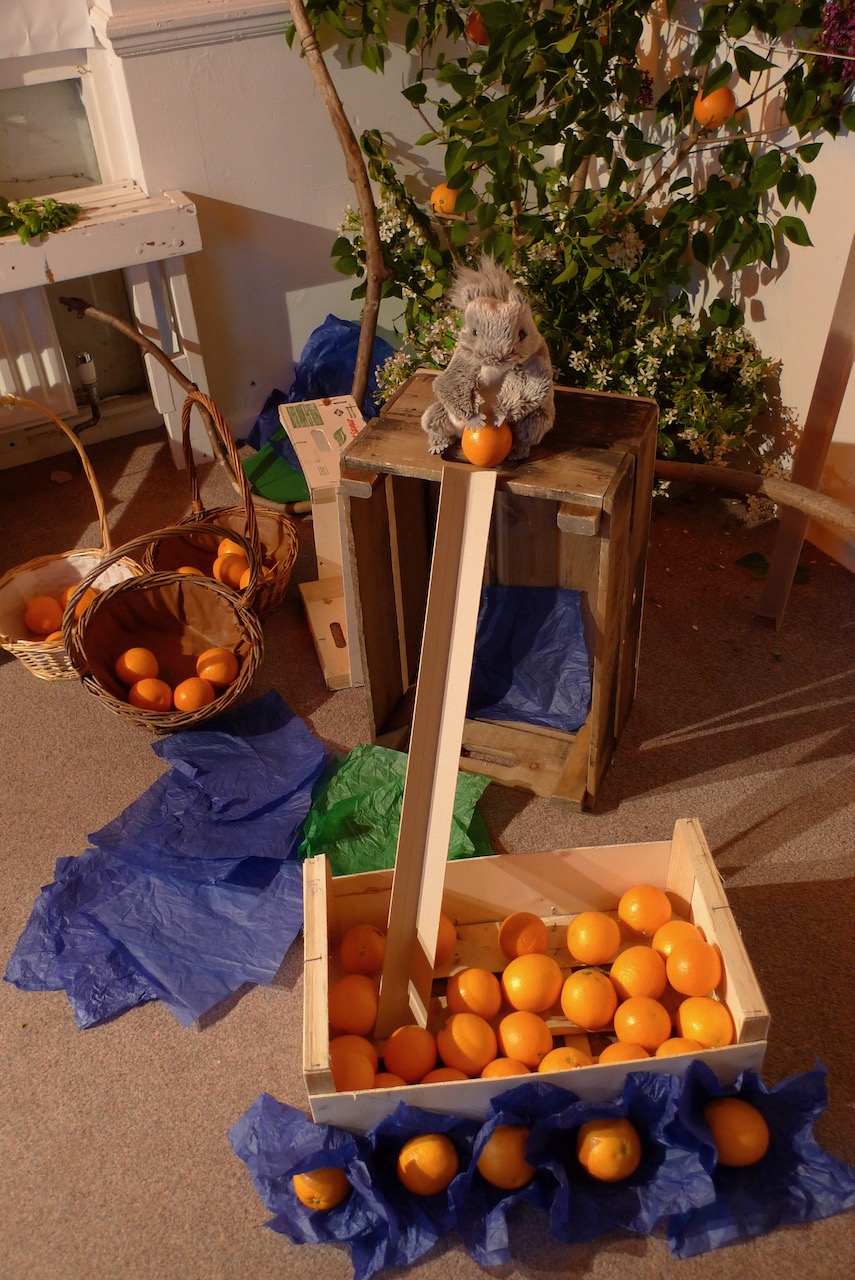
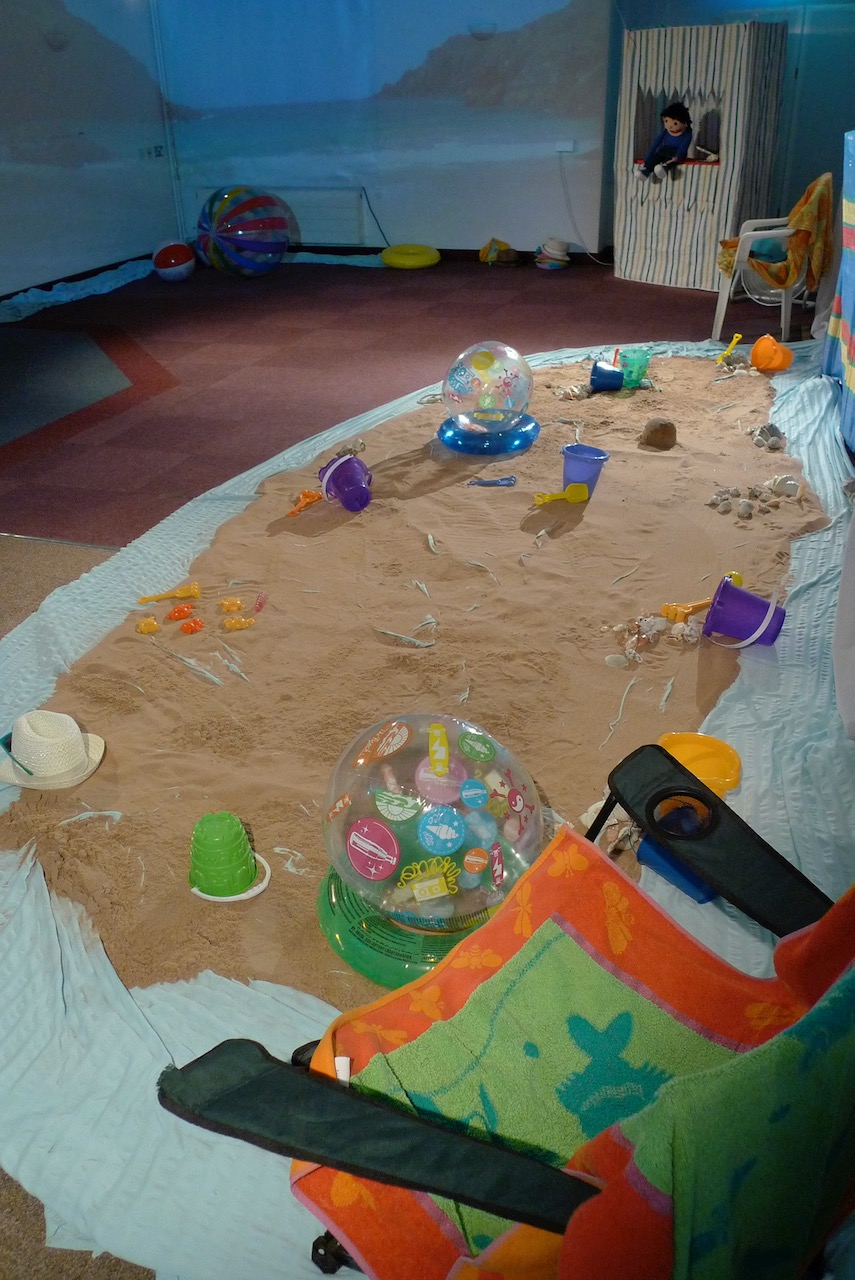
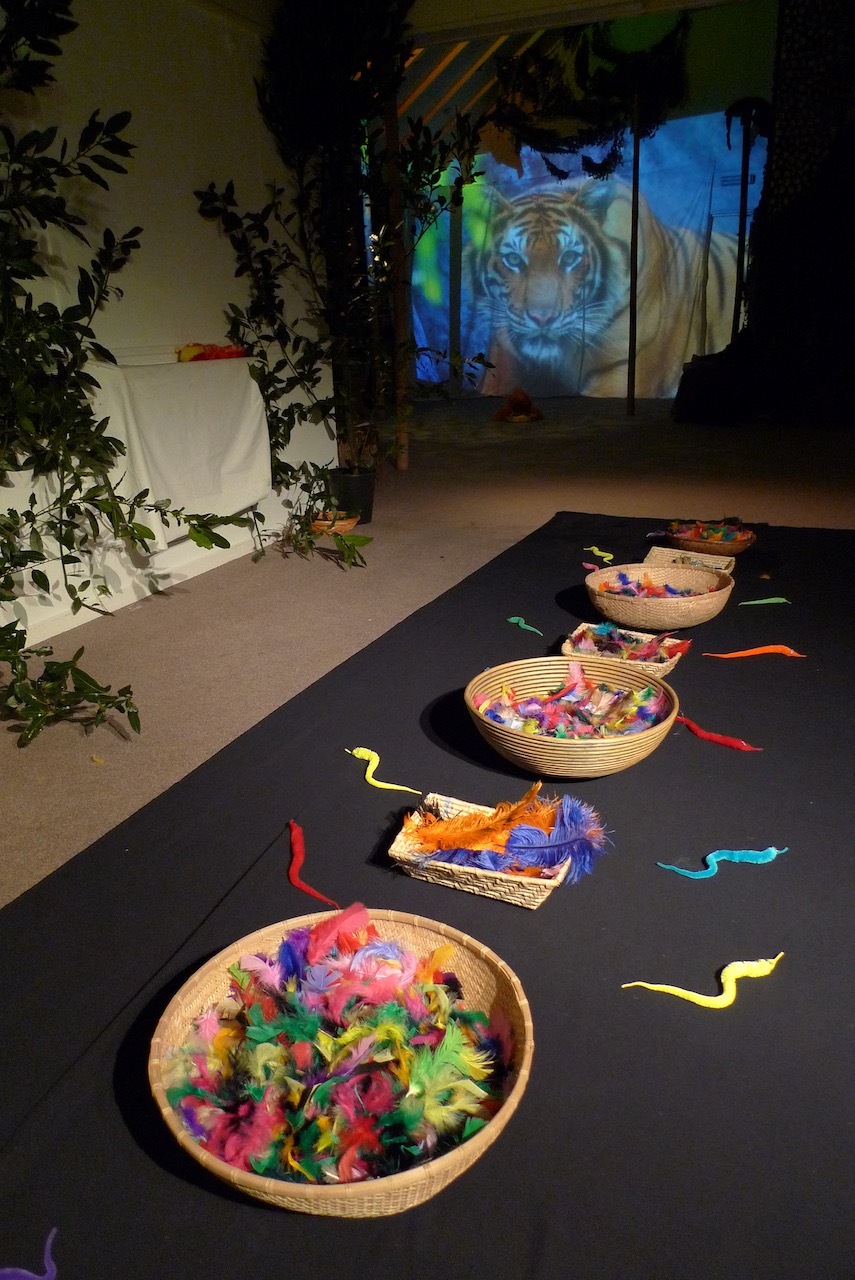
The following ideas aim to provide a loose structure for sessions within which adaptations can be made to suit your particular situation. Careful planning and consideration of individual needs should precede every session. This will affect the layout and content (i.e. props/instruments) that are included or hidden for later. The same 'theme' can be used in different ways for all ability levels. You can choose to use one section of a workshop on its own if short ot time and space.
NAMING/GREETING
Every session should start with an affirmation/greeting/welcome of each individual in the group. At InnerSense (as in many classrooms) this always involved improvised song/music, dance if particular clients love to move, or playing an instrument alongside our musician. In the greeting it is possible to introduce clues to the nature of the coming workshop - for example giving an item of costume to each person, or a prop belonging to the workshop, the introduction of a puppet or character, creating a mood, setting the scene and invoking anticipation of the experience to come.
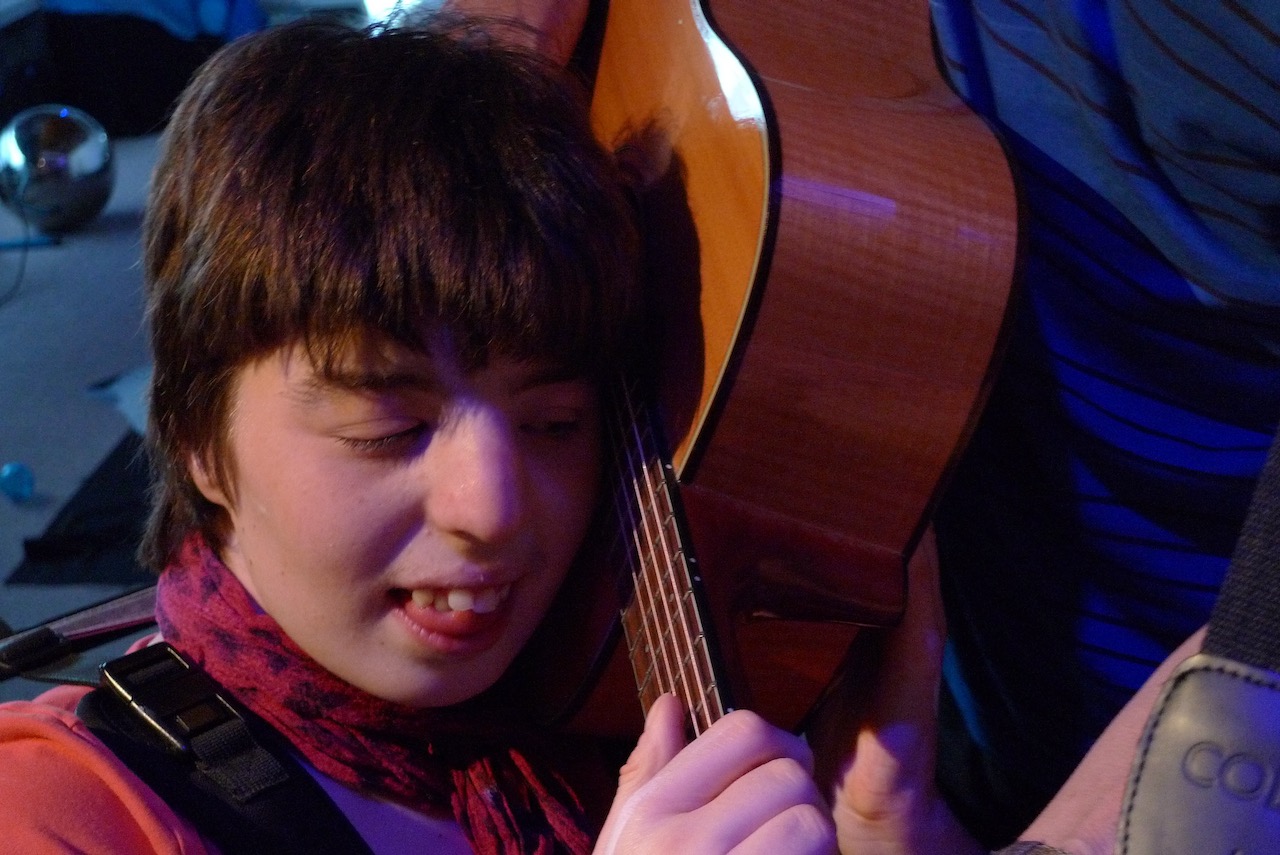
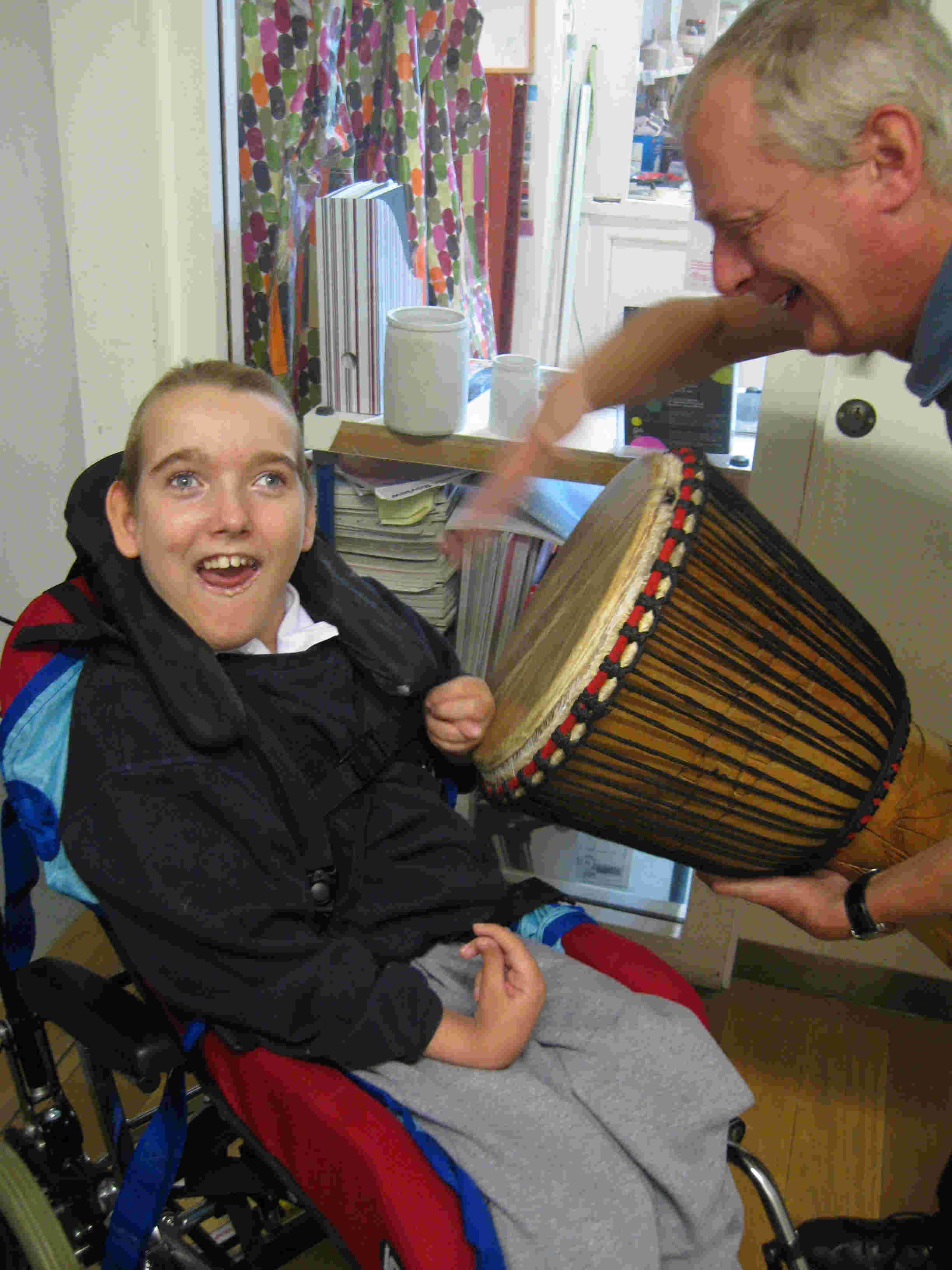
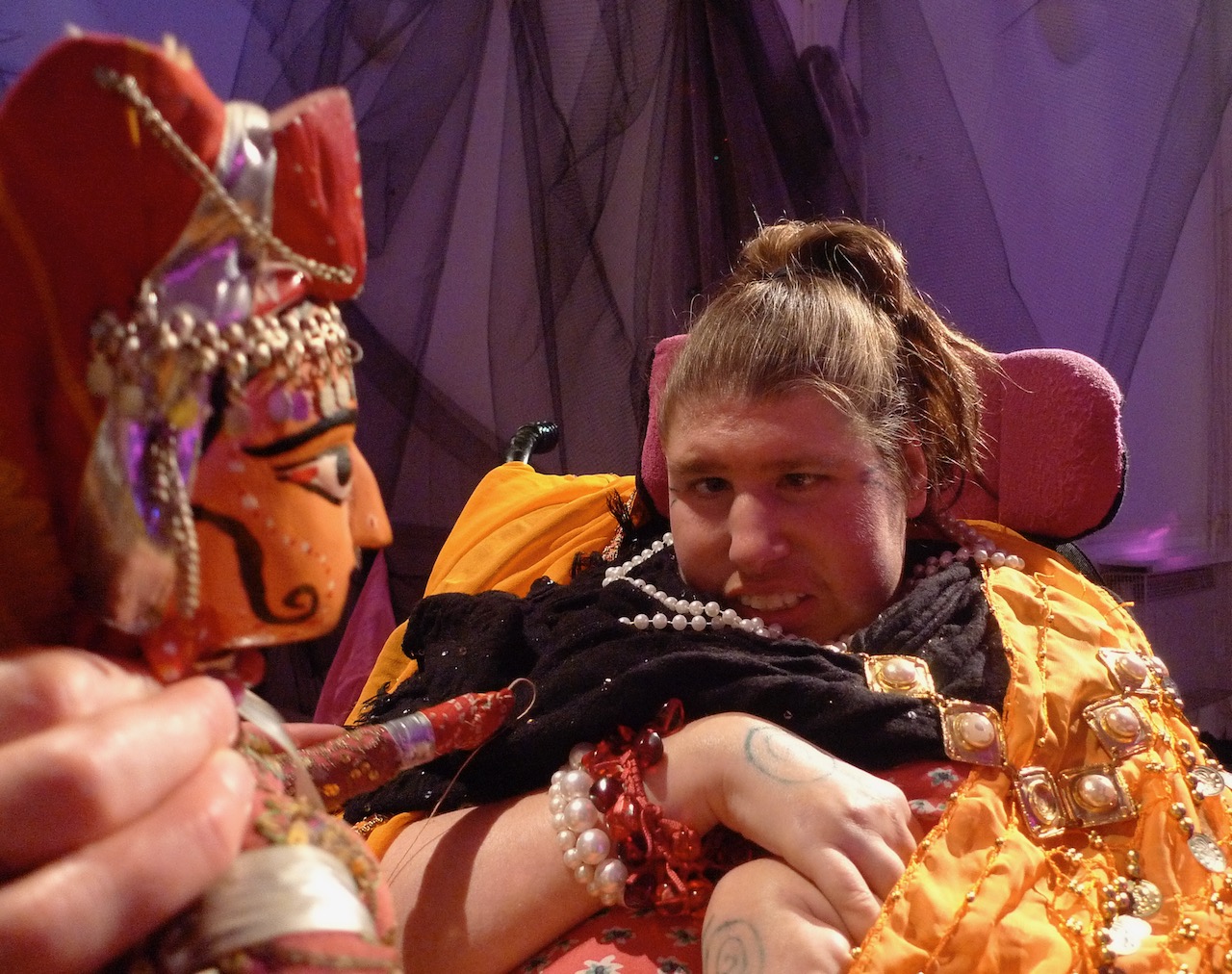
Rice
A SETTLING or 'GIVING CONTEXT' ACTIVITY
The first activity should allow individuals time to acclimatise to the space and feel comfortable within it.
A shared activity could include:
... some kind of textural, aural or olfactory experience to be discovered, explored and enjoyed together.

... providing opportunities for supported music-making in a gentle perhaps more controlled setting
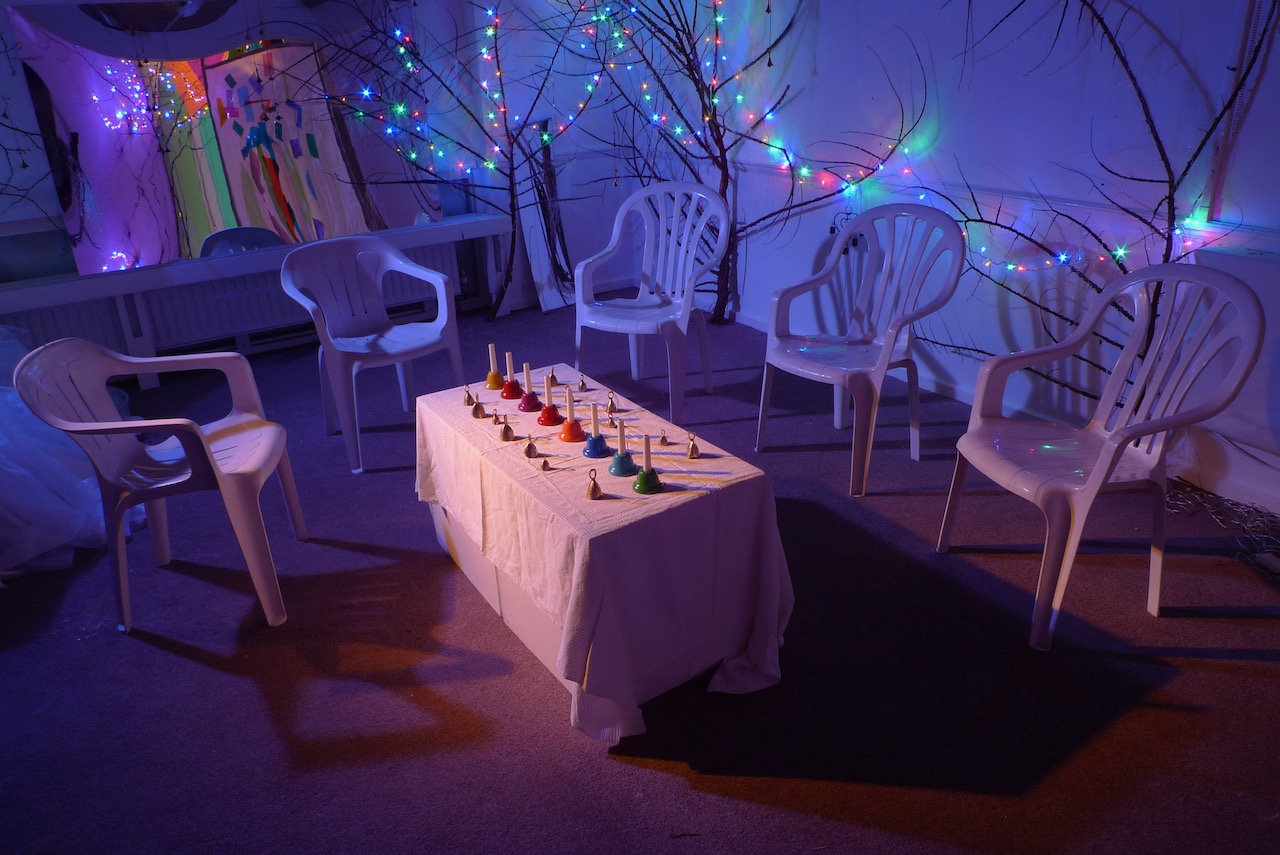
... the starting place for an exciting journey, an opportunity to choose clothes/accessories and dress up
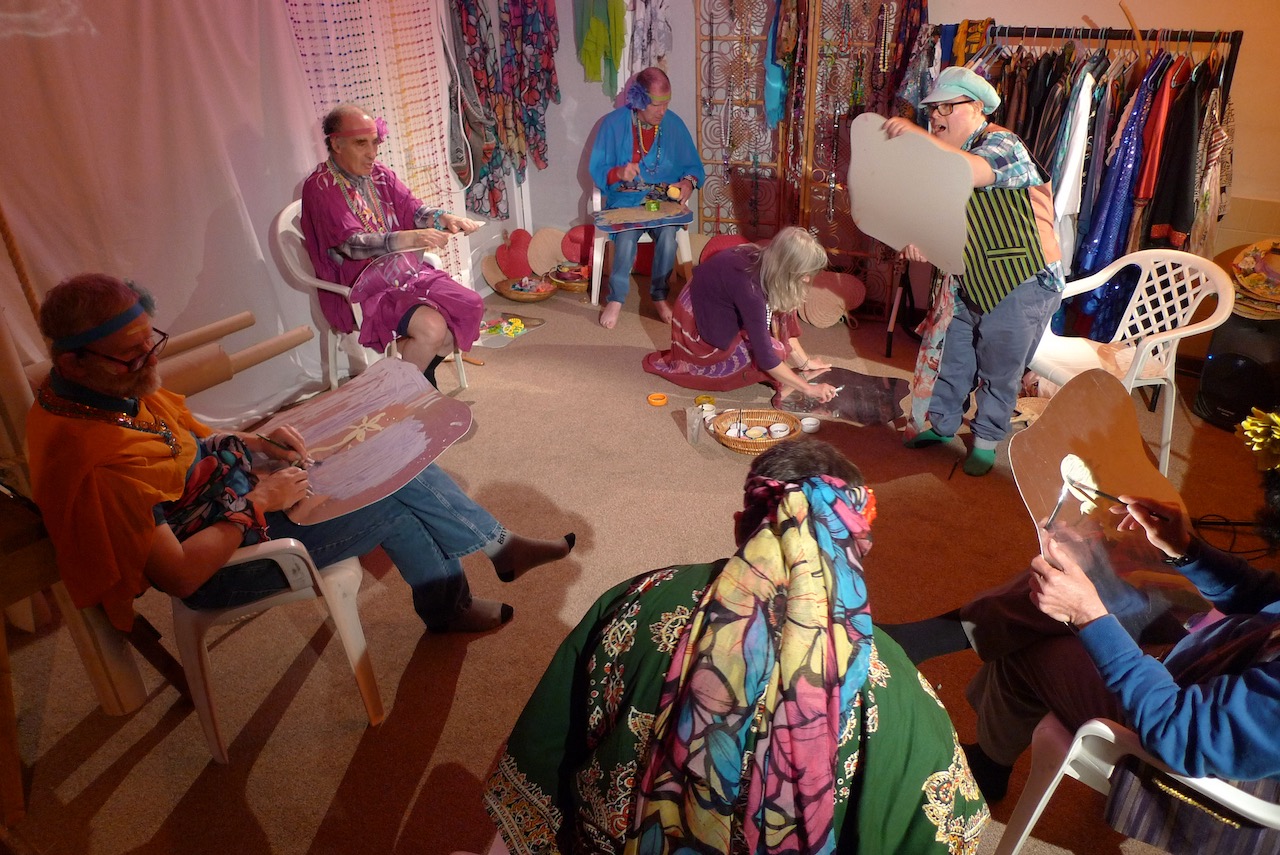
... creating the space for the revelation of a particular character or puppet.
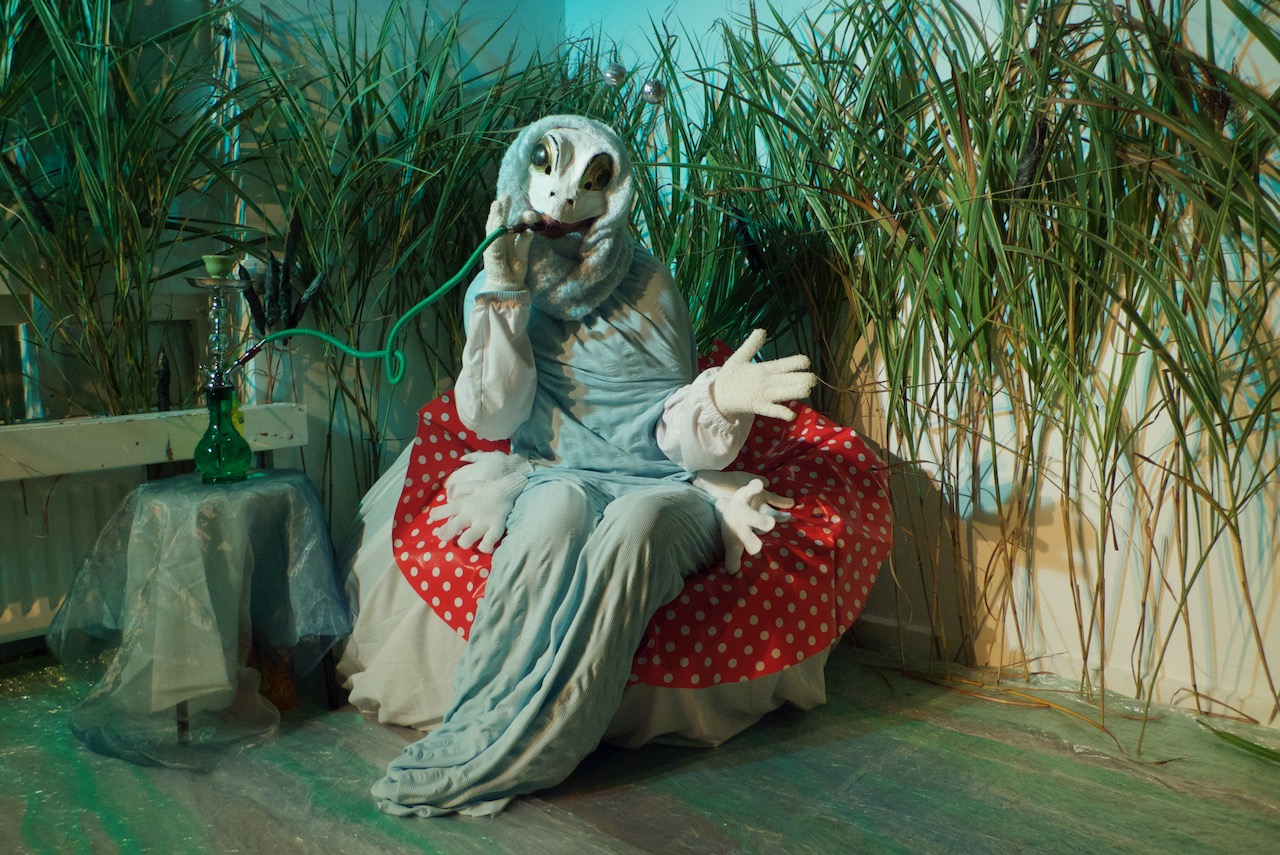
Rice
TRANSITION
Developing the session further might require a physical or atmospheric transition. There are several ways of achieving this change of focus:
...through a lighting change - dimming here, then re-emerging there, perhaps a change of colours, or spotlighting a specific area
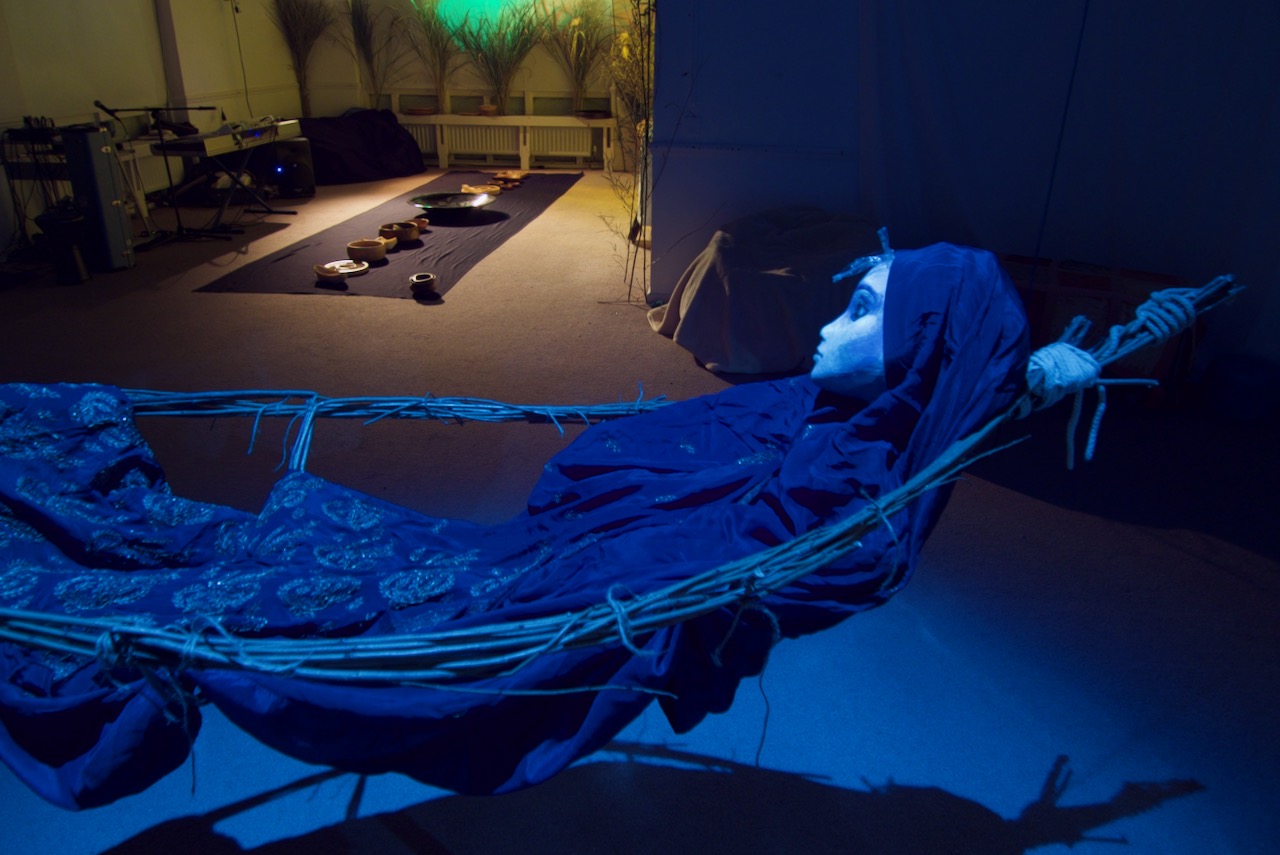
... a change in the music can create a different atmosphere
... sound calling - drawing attention to a new area
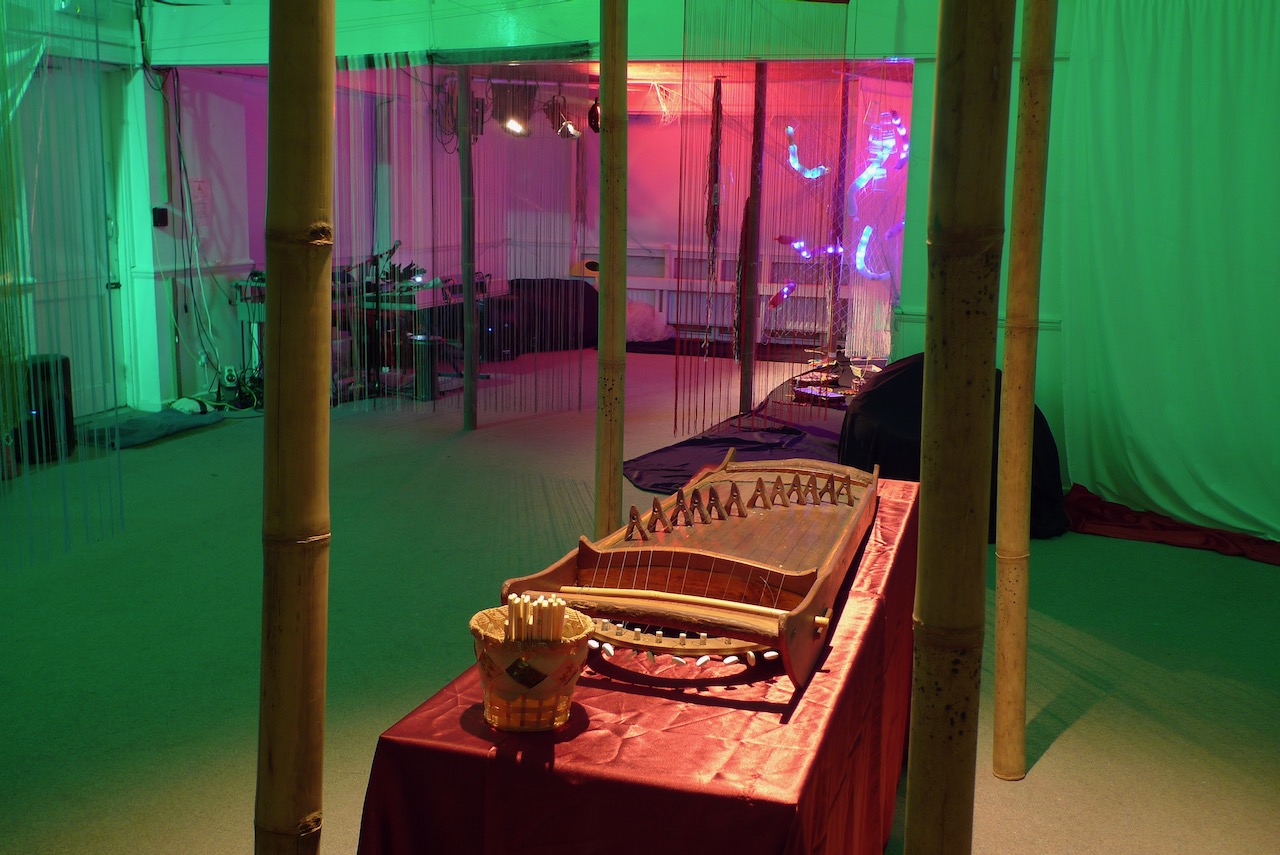
Actual movement in the space - travelling/dance/action
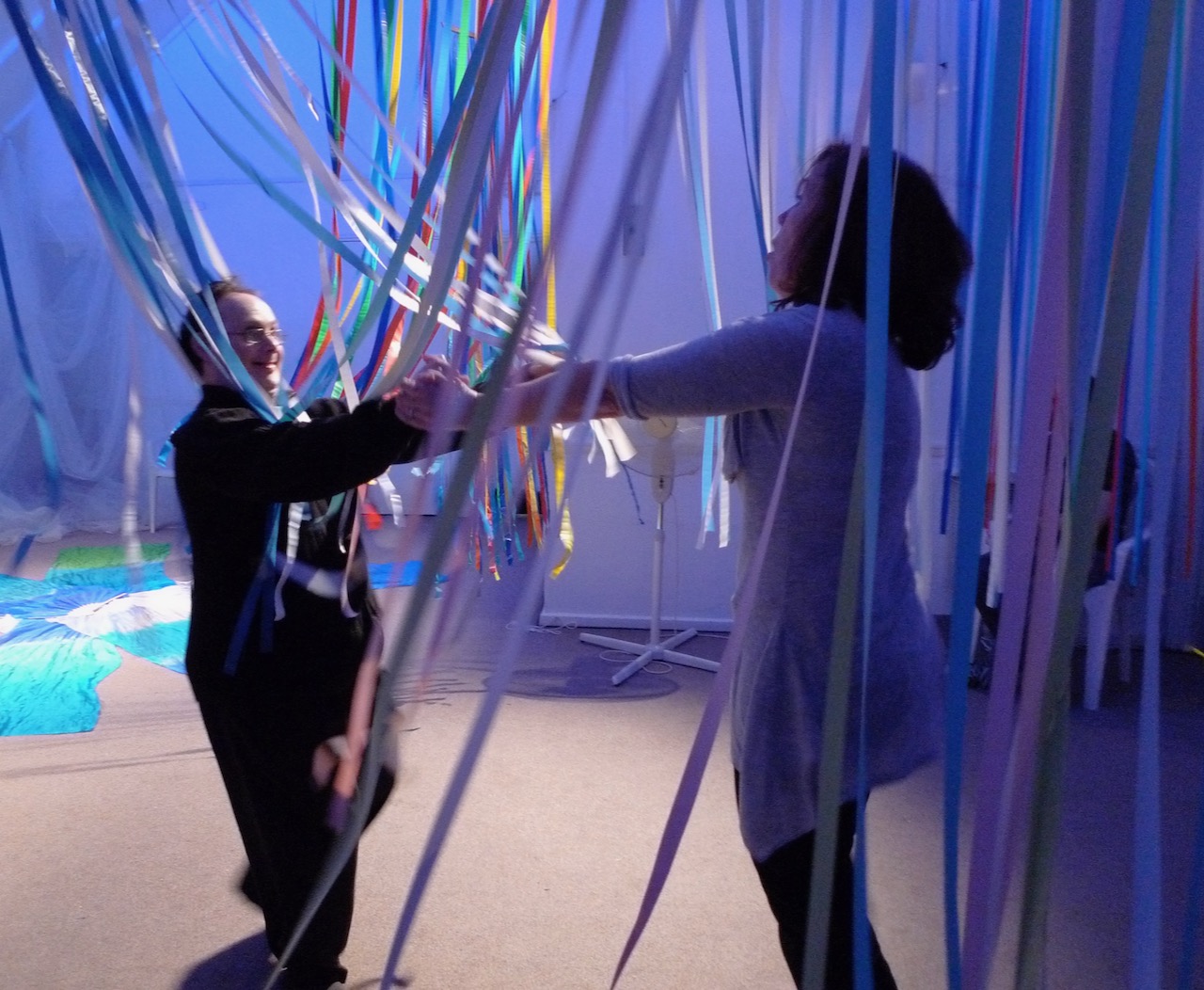
... meeting a practical requirement of the session such as moving objects or clearing a space (see Panama Canal and Saguaro workshops)

... being drawn/directed to the next activity by a character or puppet
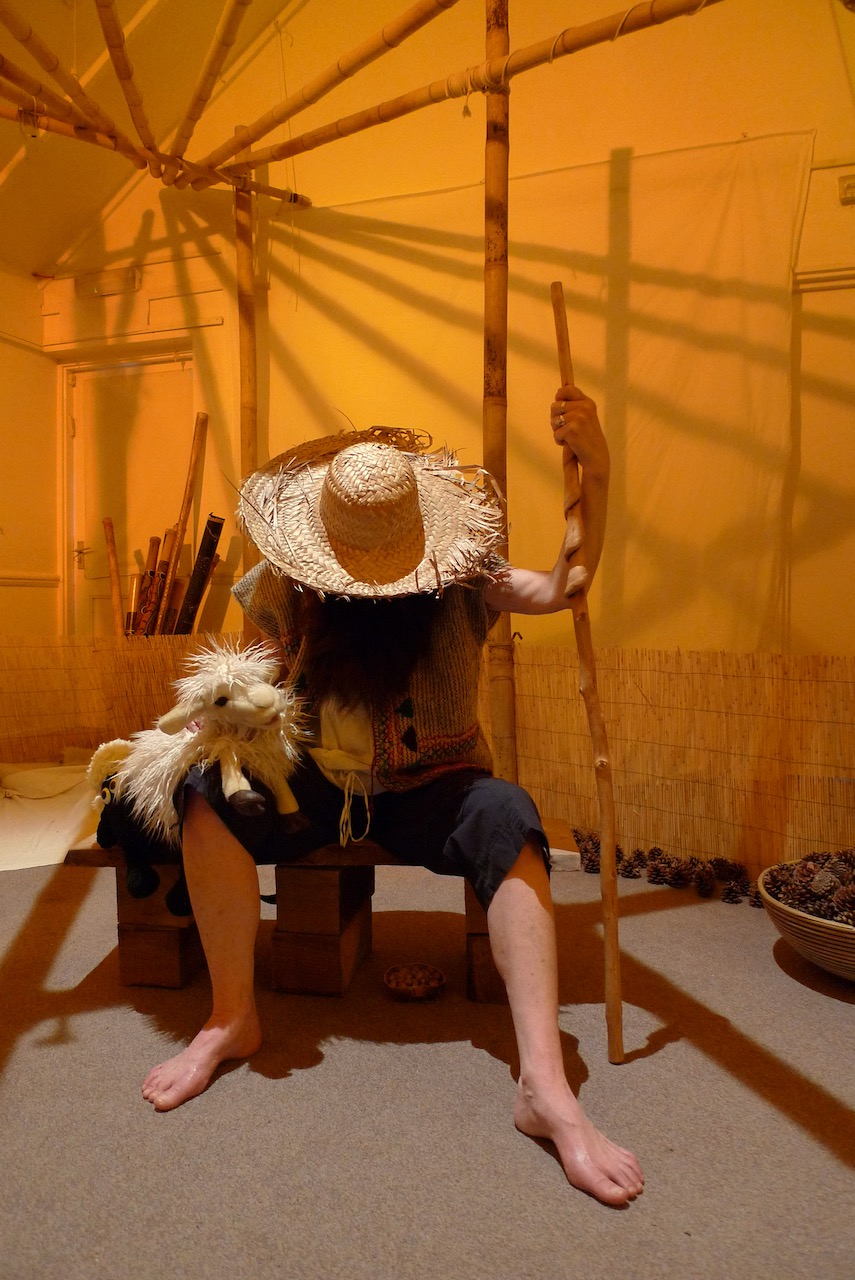
Rice
CONTRASTING ACTIVITY
The second half of the session should provide opportunities to explore a different set of props/musical instruments and dynamic. It may involve a more upbeat ambience, action, movement, or may be a natural development from the first section as in the workshops Marchand de Vin or Gold Mine
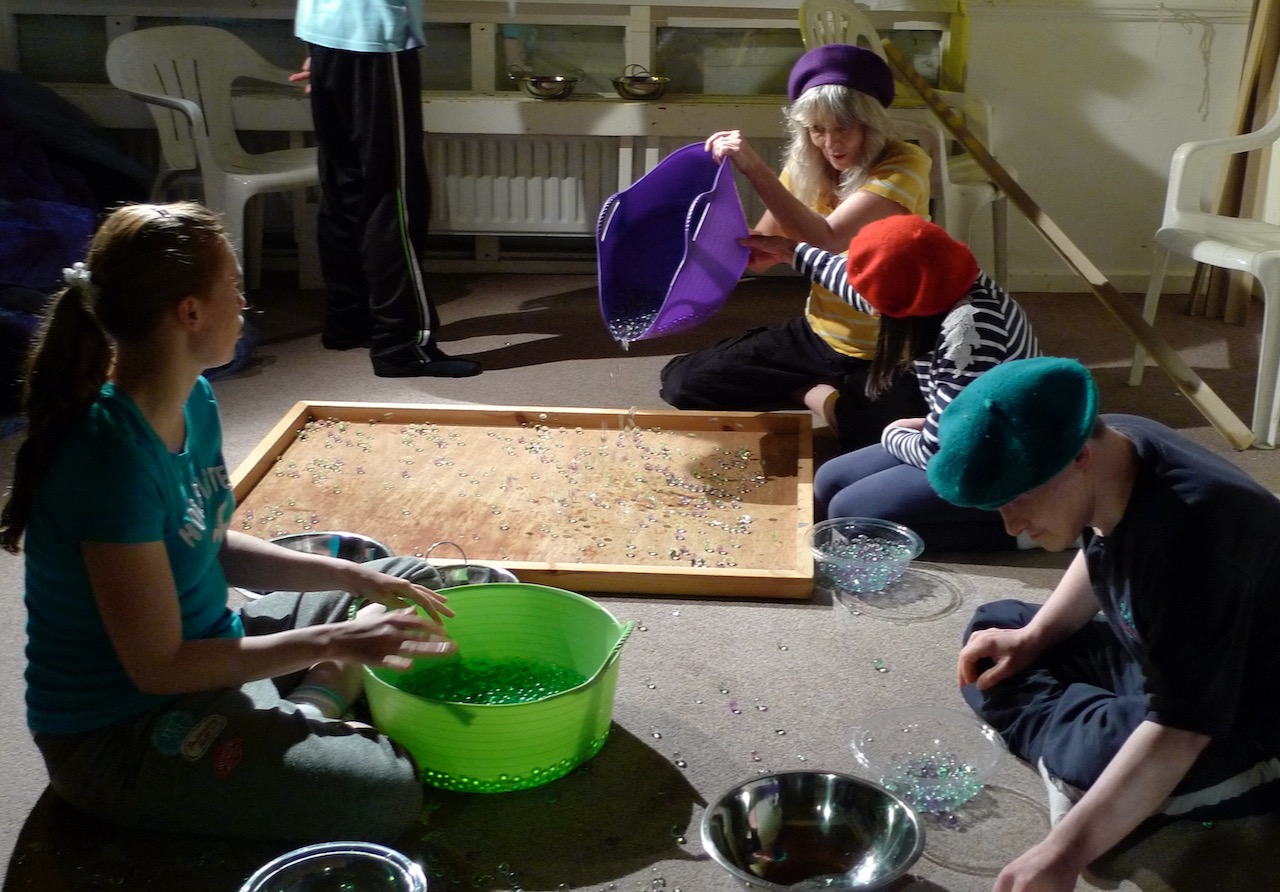
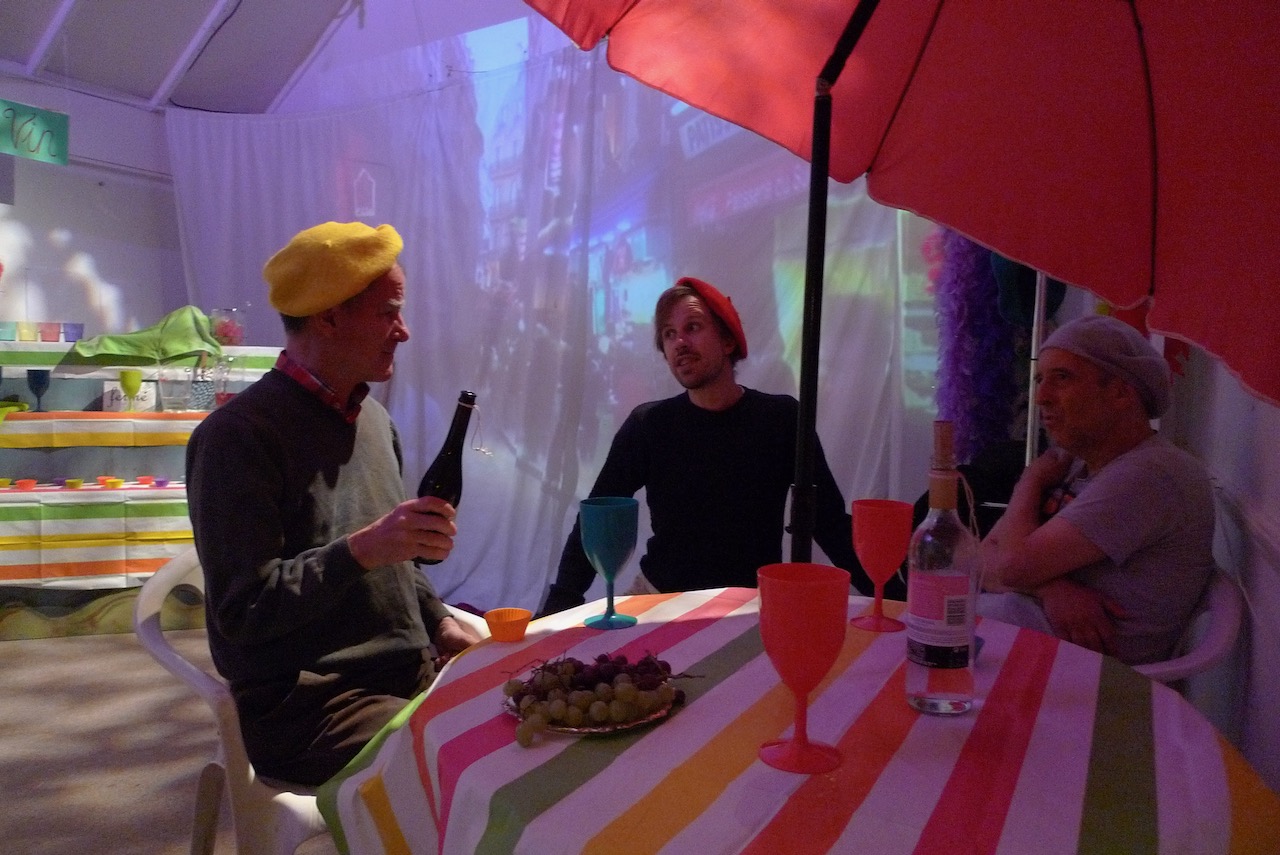

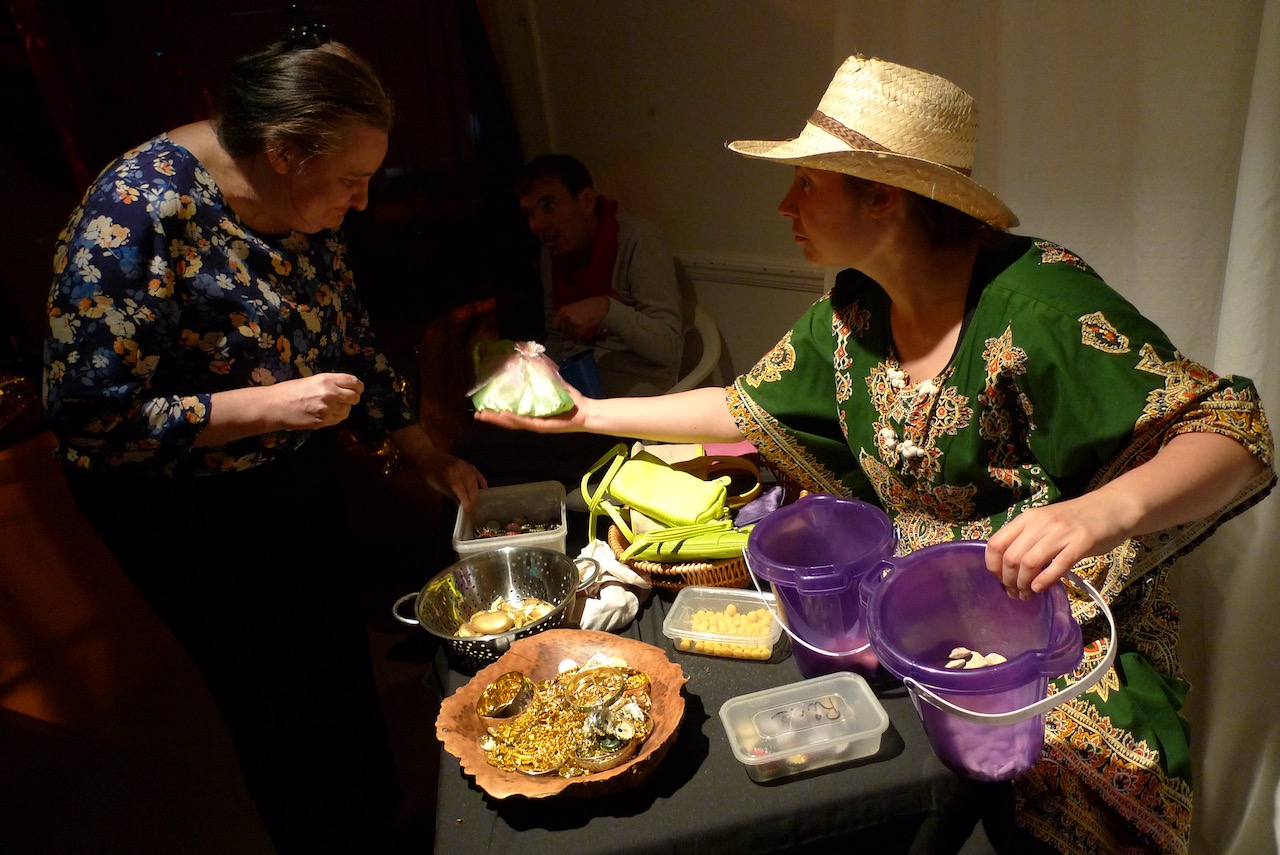
Rice
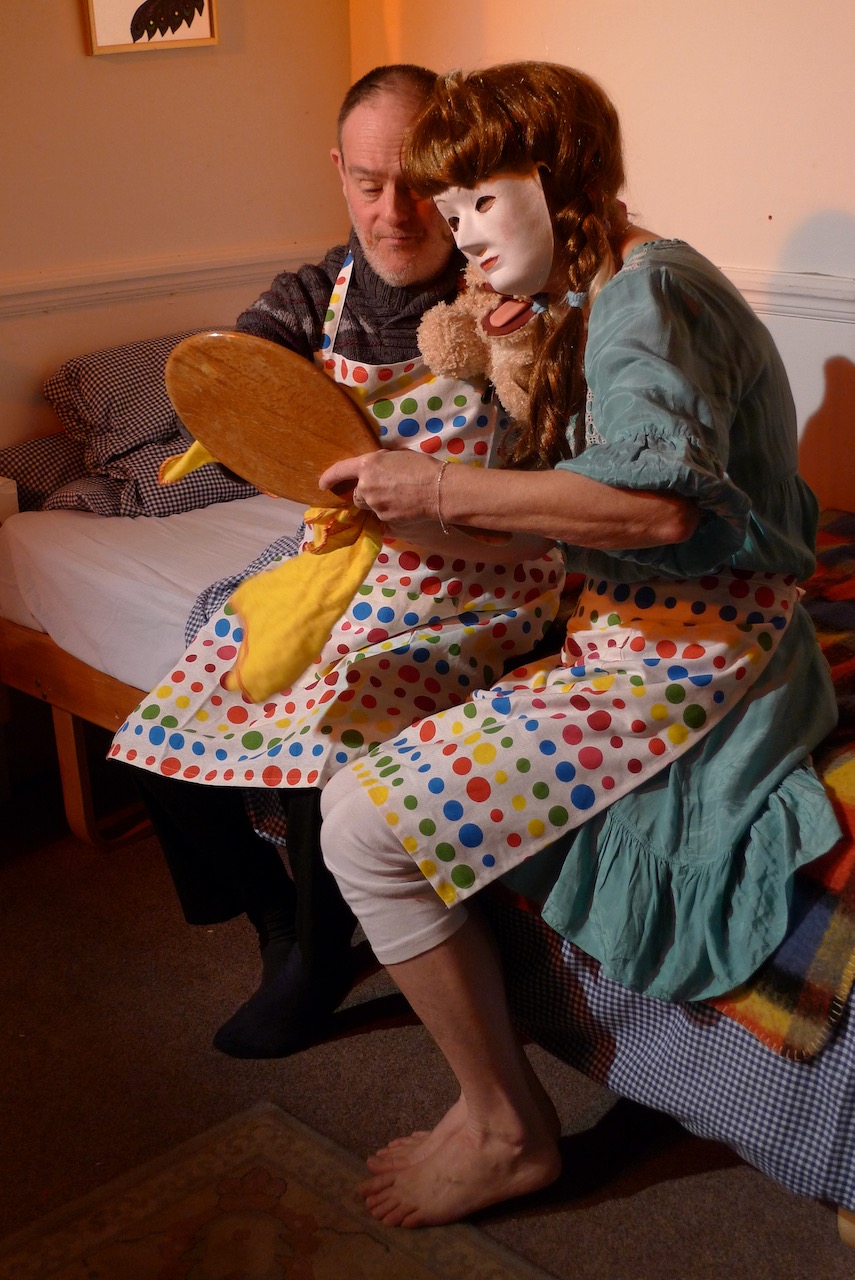
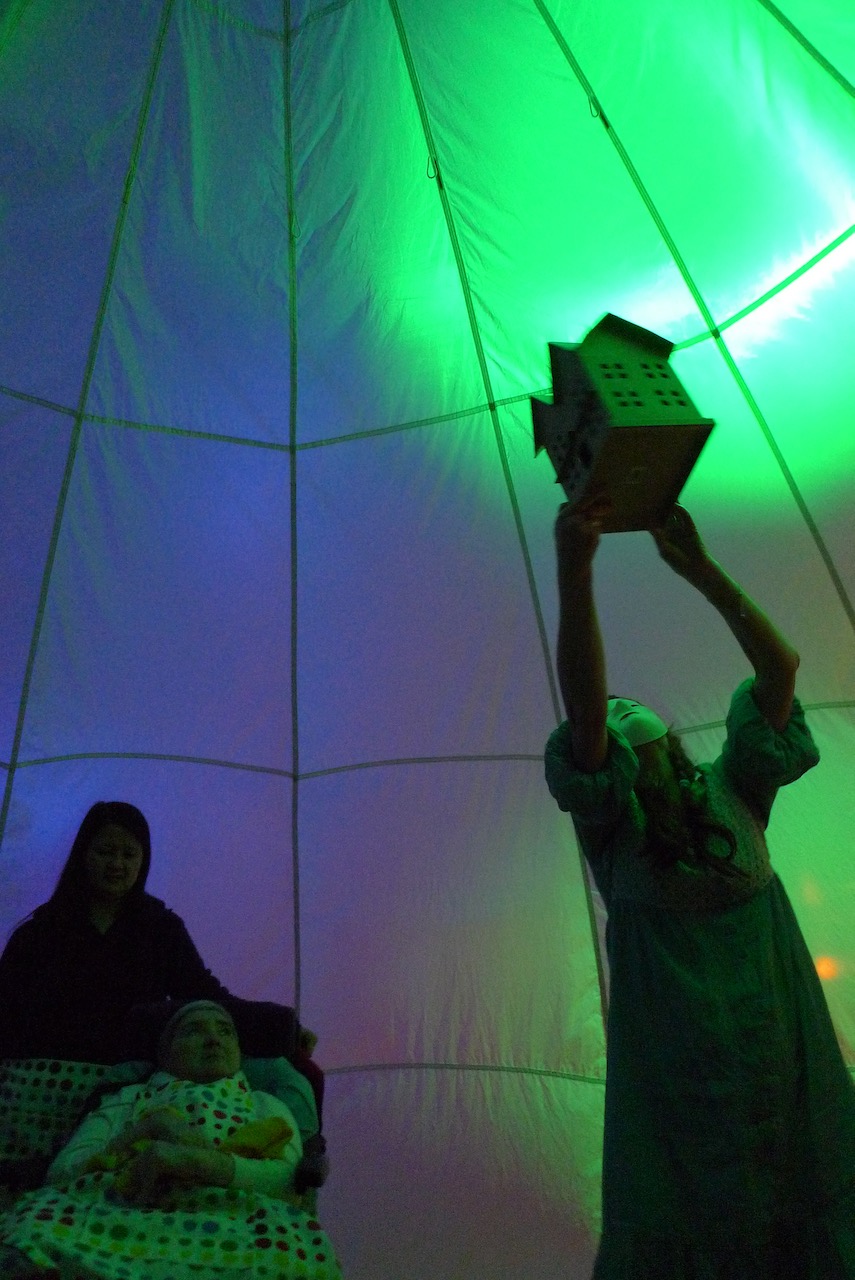
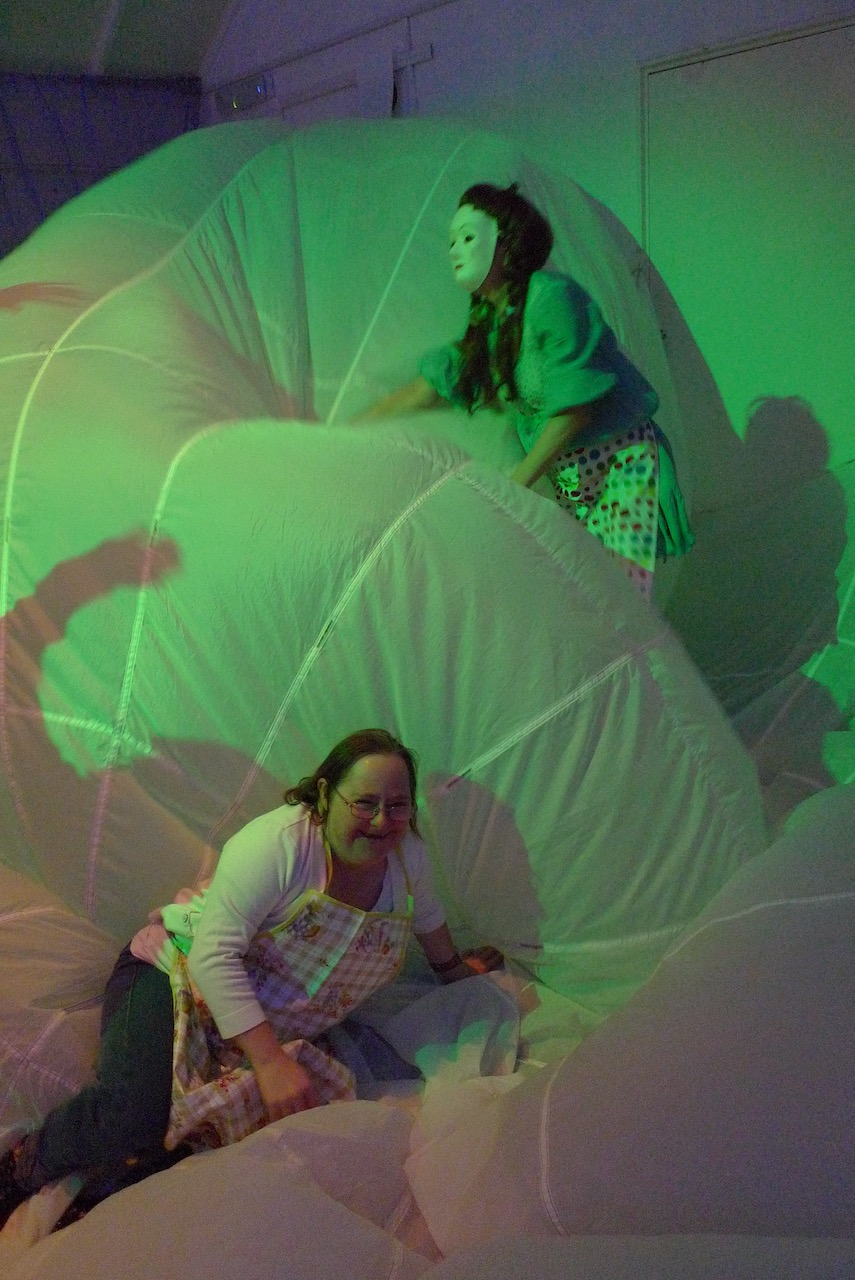
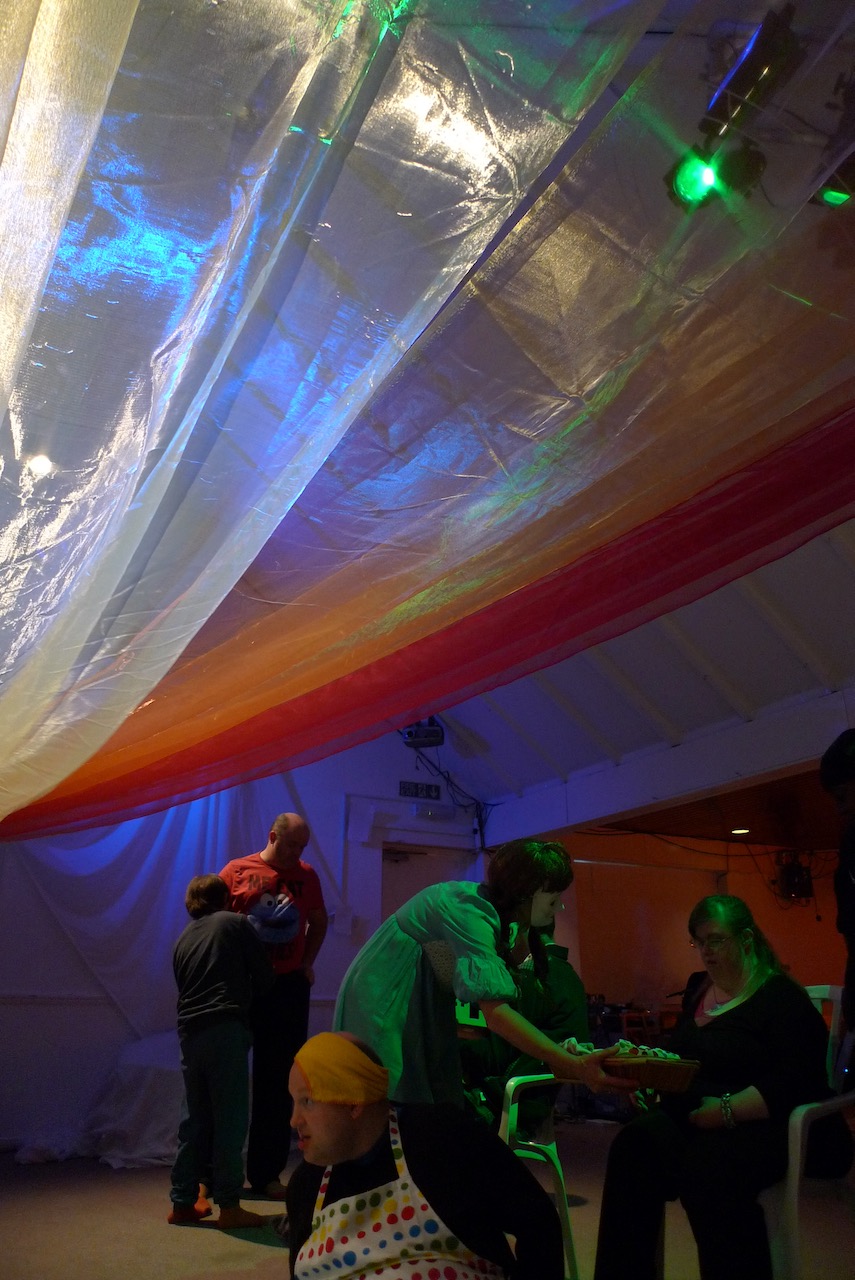
Rice
Another contrast could be moving from a sedentary experience to a more movement based activity ....such as going from meeting the creatures on the seabed to swimming in the deep blue sea, or from sensory exploration of seeds and grasses...to building a fence, hut or other structure

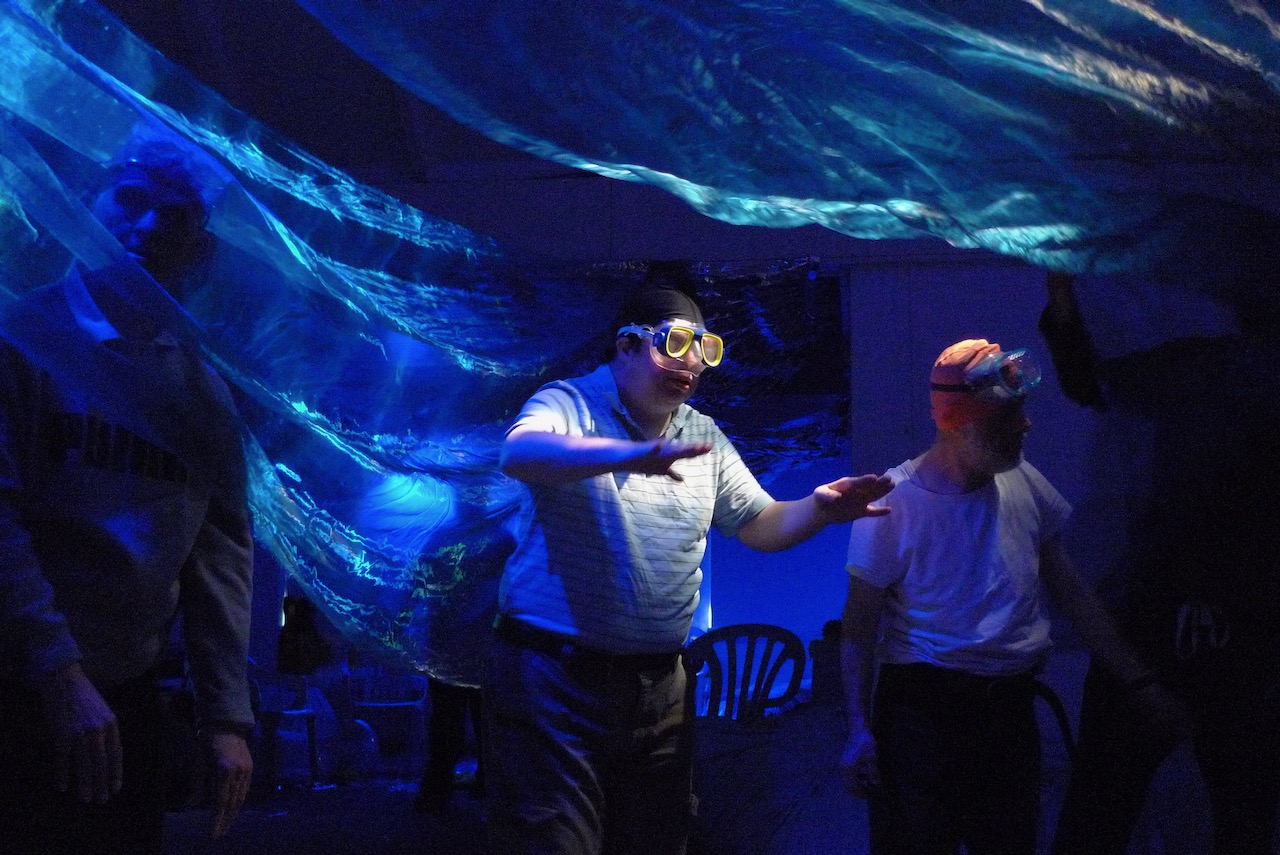

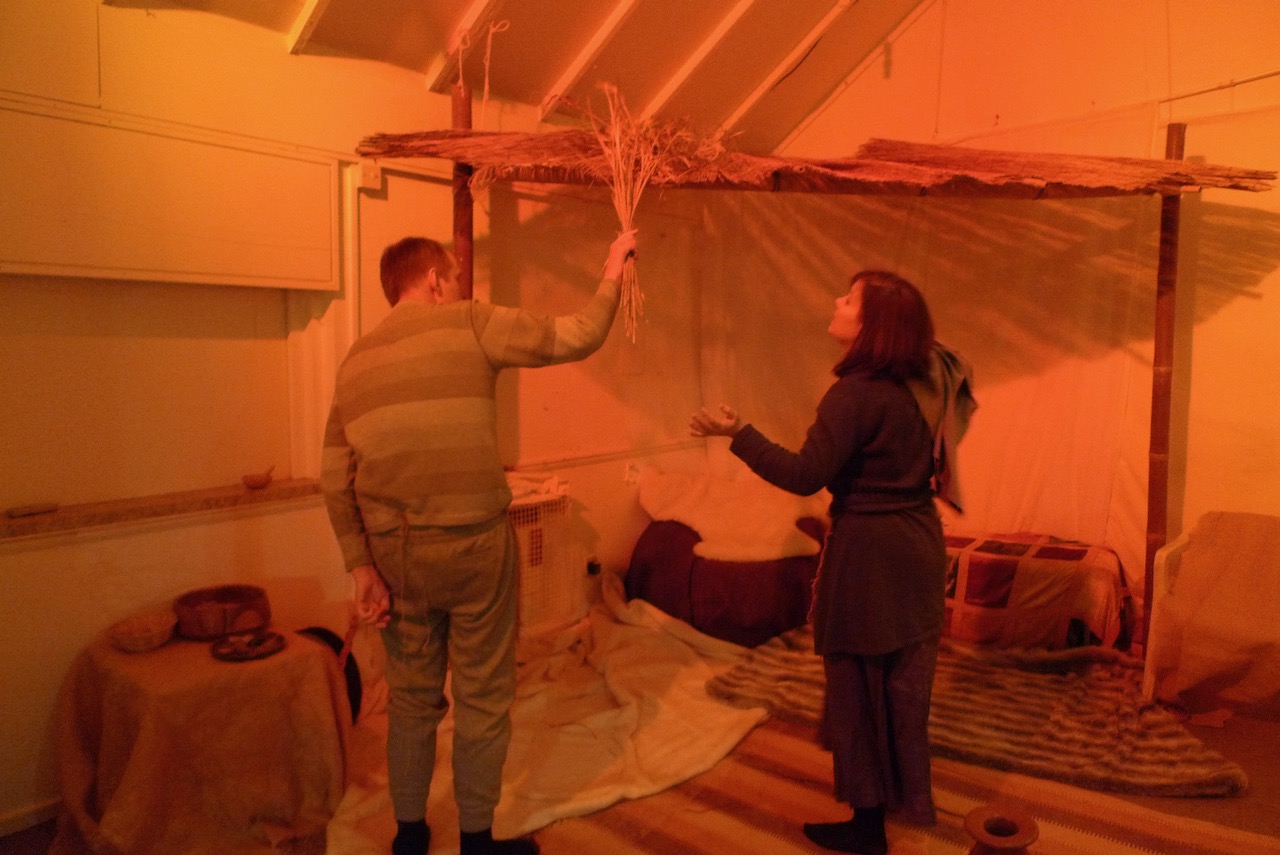
Changing props, instruments and/or costume could prelude a celebration of some kind; feasting, dancing or other ritual. Offering a food treat at the end of a session is an extra special reward and also encourages a return for the next session :)
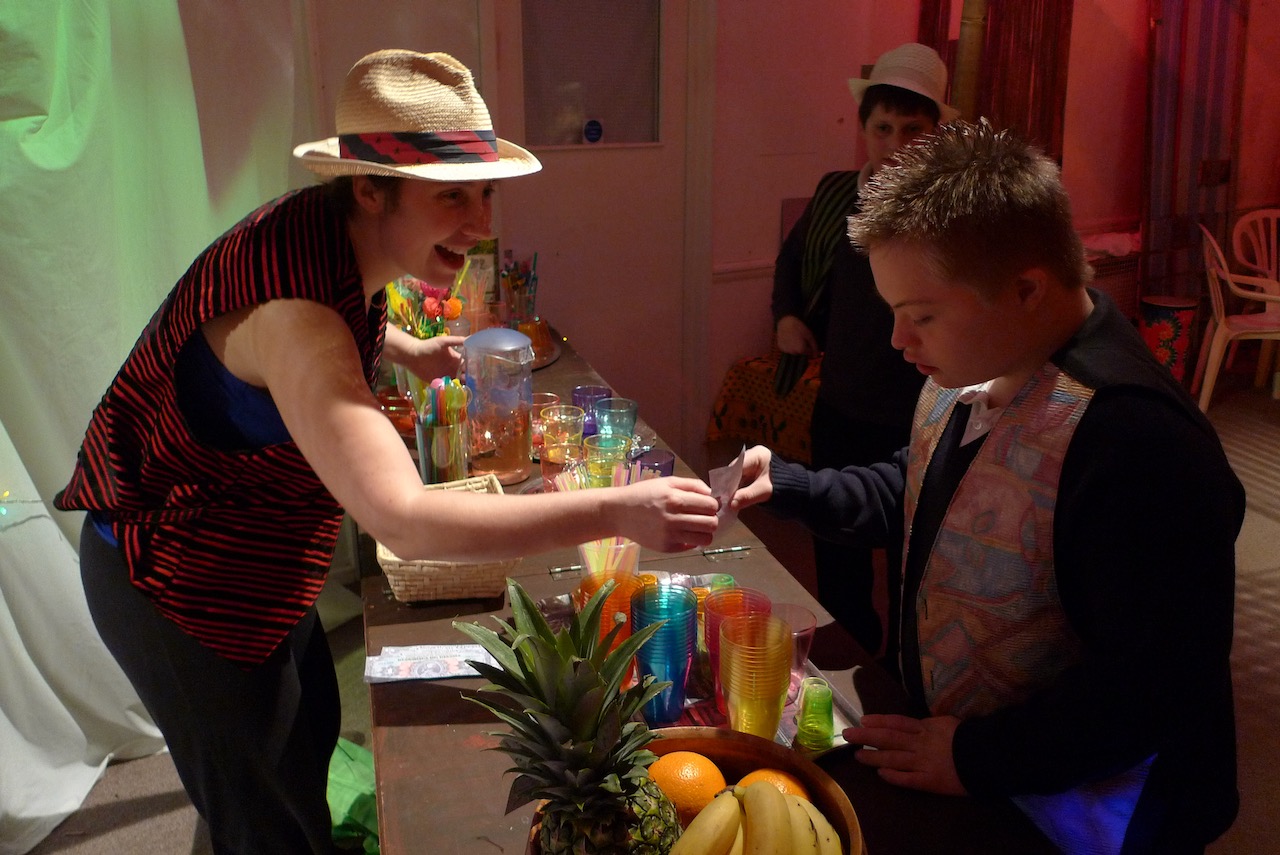
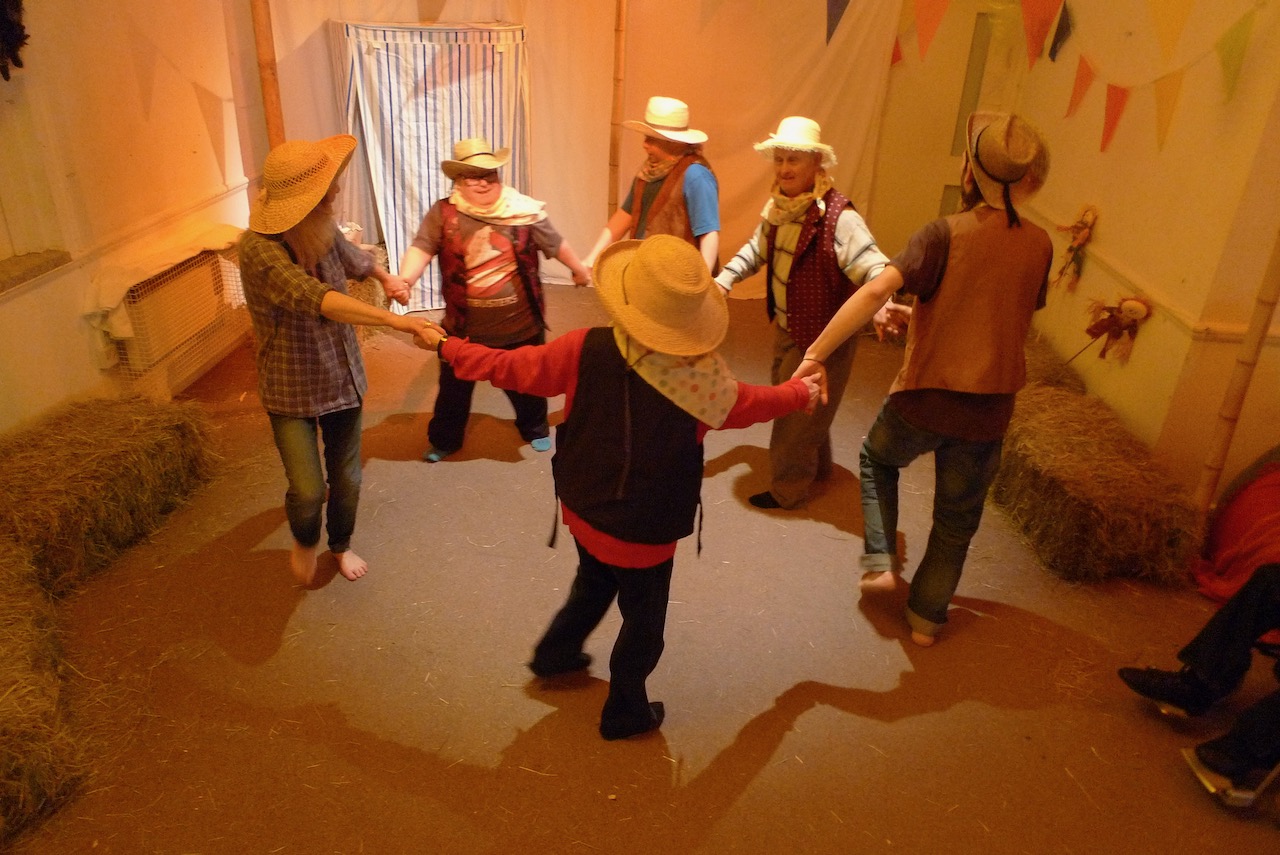
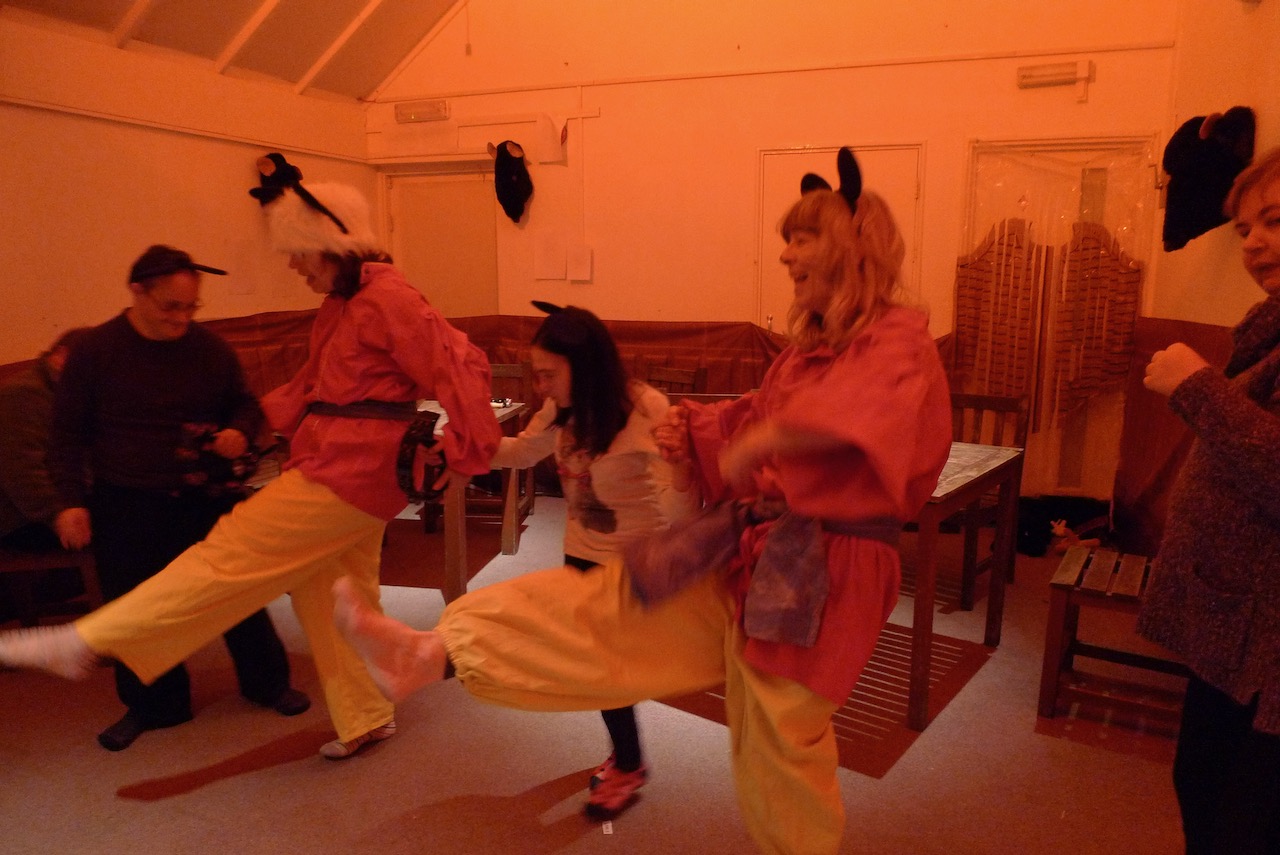
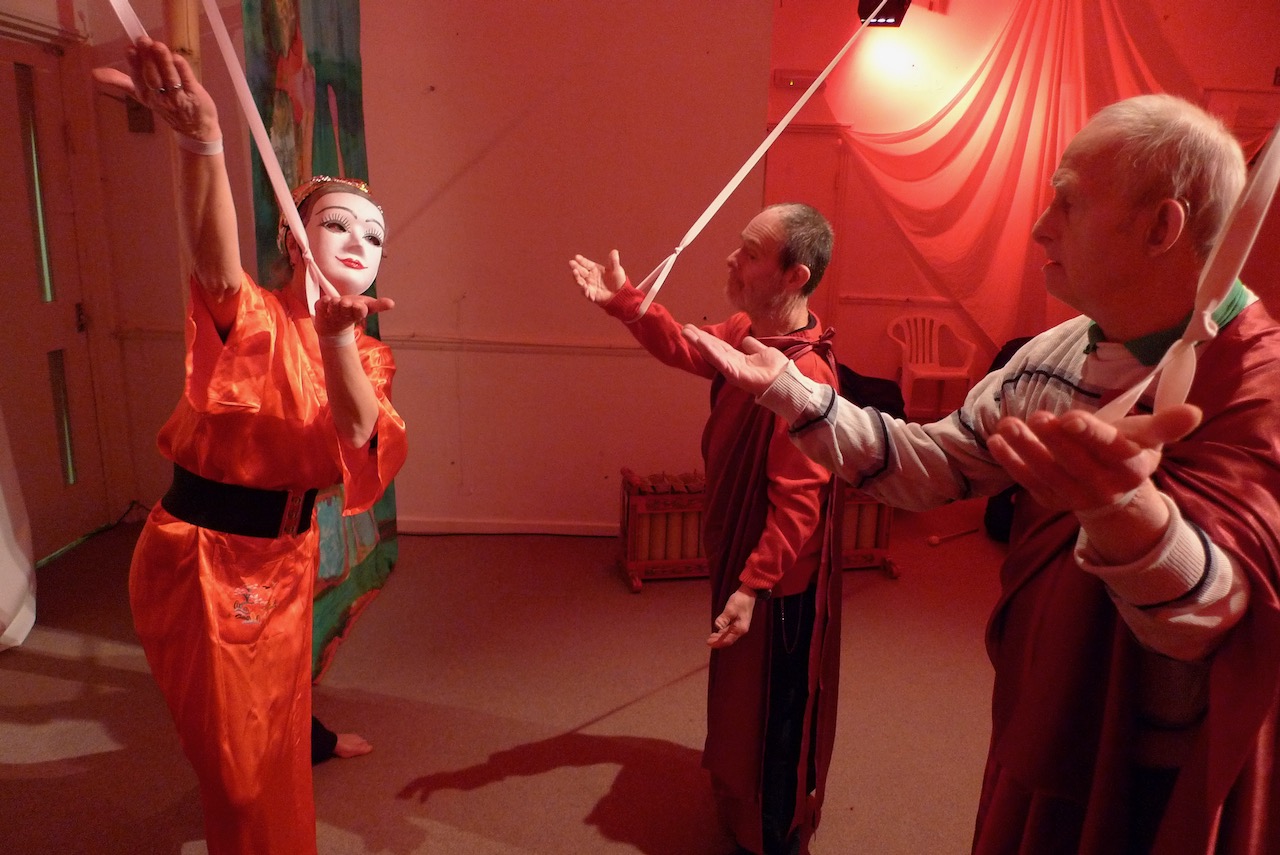
Rice
CHILL or CLOSURE
Having completed this wonderful sensory journey/adventure, it is good to come together and rest - relaxing in a safe, happy environment, knowing that all have participated creatively, each in their own ways. This can be achieved by just listening to music together, sharing massage or just simply sitting holding hands.
